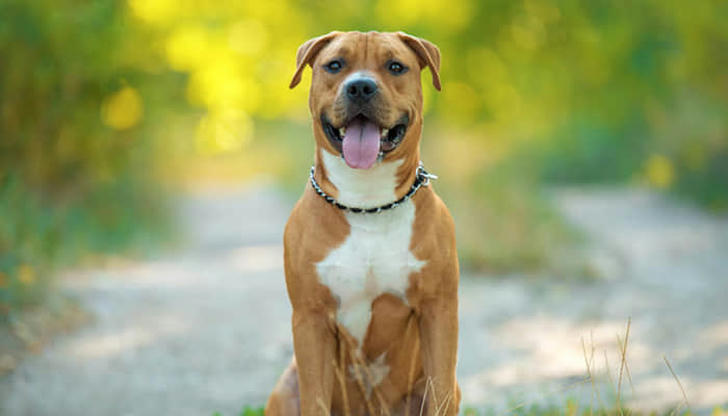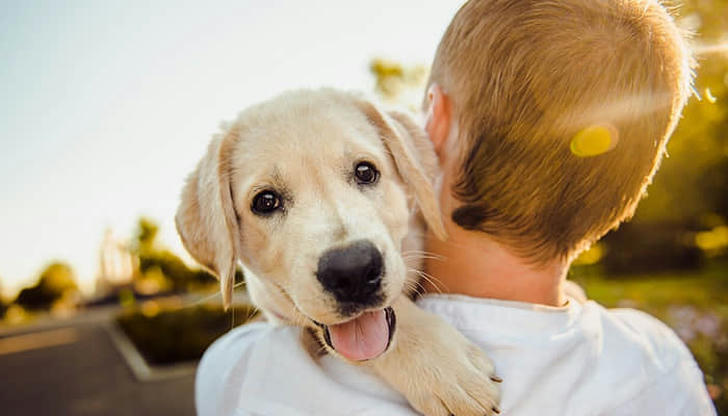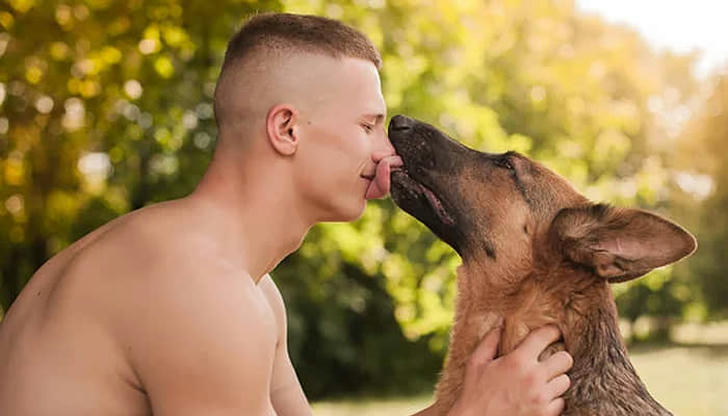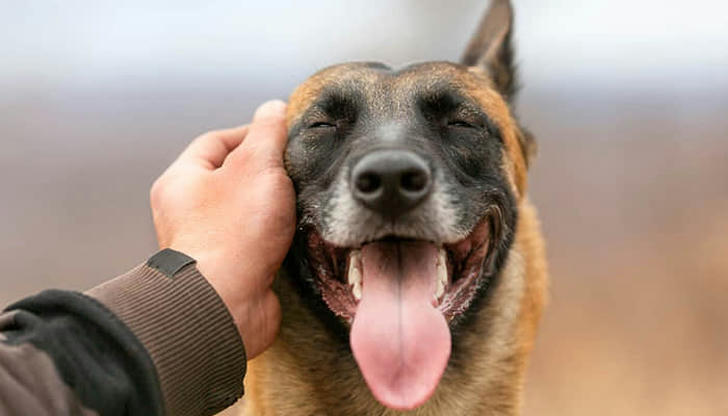Listen to Your Pup: A Dog Owner's Guide to Understanding Canine Communication
As dog owners, we often wish we could understand what our furry friends are trying to tell us. Dogs communicate in a unique language of their own, using body signals, vocalizations, and behaviors. By learning to interpret these cues, we can strengthen our bond with our pets and respond more effectively to their needs. In this article, we’ll explore ten common questions about canine communication, providing insights and real-life examples to help you decode your dog's messages. Let’s get started!

1. What Are the Key Signals in Dog Body Language?
Dogs express themselves through various body signals. For example, a wagging tail generally indicates excitement, but if the tail is low and wagging slowly, it might signal anxiety or submission. Have you ever noticed your dog’s tail position when meeting new people? Observing these signals can help you understand their emotional state.
2. How Can I Tell If My Dog Is Happy?
A happy dog typically has a relaxed body posture, an open mouth, and a tail wagging at a neutral or elevated position. You might notice your dog engaging in playful behaviors like the "play bow," where they lower their front legs while keeping their rear end up. Next time you see this, you can be sure your dog is ready for some fun!

3. What Does It Mean When My Dog Growls?
Growling can indicate various emotions depending on the context. It may signal warning or discomfort but can also be playful. For instance, if your dog growls while playing tug-of-war with you, it’s likely just part of the game. However, if they growl when someone approaches their food bowl, it’s a sign to give them space.
4. How Do Dogs Show Fear or Anxiety?
Signs of fear or anxiety in dogs include a tucked tail, cowering, avoiding eye contact, and trembling. If your dog hides under the couch during a thunderstorm, they’re likely feeling scared. Recognizing these signs can help you provide comfort and reassurance during stressful situations. To help a fearful or anxious dog, create a safe and quiet space where they can retreat during stressful situations, such as thunderstorms. Additionally, use calming techniques like gentle petting or soothing words to reassure them and help reduce their anxiety.

5. What Does "Whale Eye" Mean in Dogs?
"Whale eye" refers to a dog showing the whites of their eyes while turning their head away from a perceived threat. This behavior indicates discomfort or fear. If your dog displays "whale eye" during interactions with another dog, it's a clear sign they are feeling uncomfortable or scared. To help, calmly separate the dogs and provide your dog with a safe space where they can relax and feel secure.

6. How Can I Recognize Aggressive Behavior in Dogs?
Aggressive signals include direct eye contact, raised hackles, bared teeth, and a stiff body posture. If you observe aggressive signals in your dog, such as growling or raised hackles, it's essential to calmly remove them from the situation to prevent escalation. Providing them with space and a quiet environment can help reduce their stress and avoid potential conflicts. Understanding these cues can help prevent potential conflicts.
7. What Does It Mean When My Dog Licks Their Lips?
Lip licking can indicate nervousness or anxiety but may also occur after eating. For example, if your dog licks their lips while facing a stressful situation—like meeting new people—it’s likely a sign of discomfort rather than hunger.
8. How Do Dogs Communicate with Each Other?
Dogs use body language and vocalizations to communicate with one another. Sniffing each other’s rear ends is a common greeting that helps them gather information about each other’s health and mood. Next time your dog meets another pup at the park, observe how they interact; it’s fascinating!

9. What Does It Mean When My Dog Shakes Off?
Shaking off is a way for dogs to release tension or stress. You might notice this behavior after playtime or when they feel overwhelmed by loud noises. It serves as a reset mechanism for their emotional state—just like how we might take a deep breath after a stressful moment.
10. How Important Is Context in Interpreting Dog Behavior?
Context is critical in understanding canine communication. The same behavior can have different meanings depending on the situation; for example, a wagging tail in an excited setting may indicate happiness, while in a tense situation, it could signal anxiety or aggression. Always consider the environment when interpreting your dog's actions.

Understanding canine communication is essential for building a strong bond with your dog and ensuring their well-being. By learning to recognize and interpret their body language and vocalizations, you can respond appropriately to their needs and emotions. Remember that every dog is unique; observing your pet's individual behaviors will lead to deeper insights into their personality! If you have experiences or questions about canine communication, feel free to share them—after all, we’re all in this together as pet parents!

